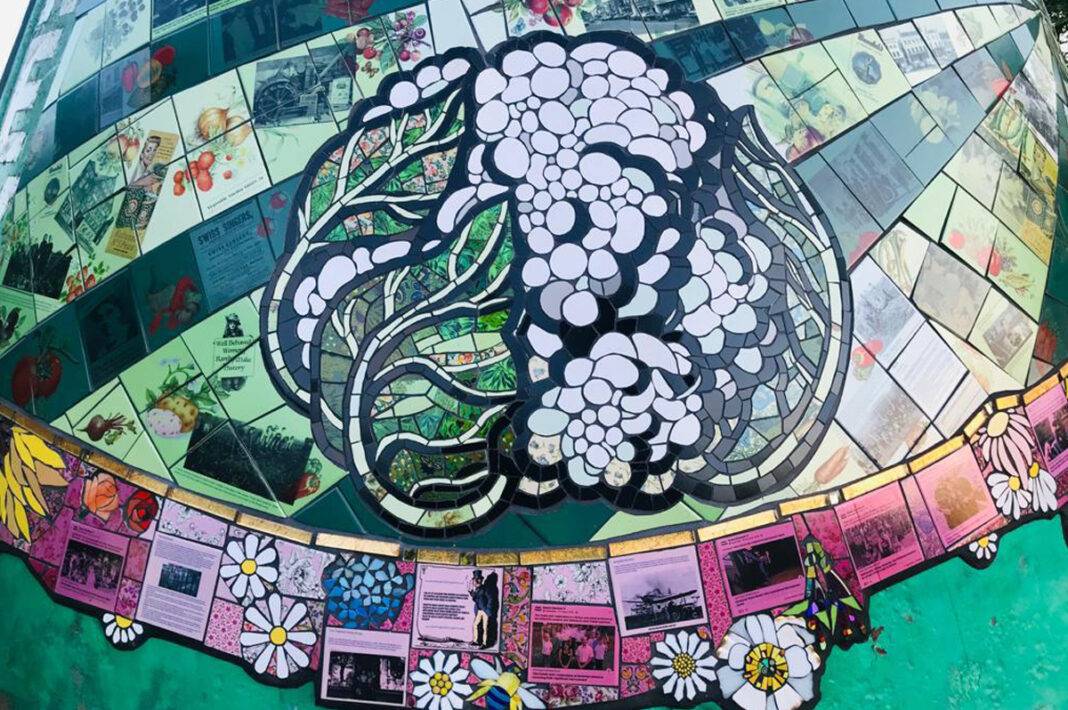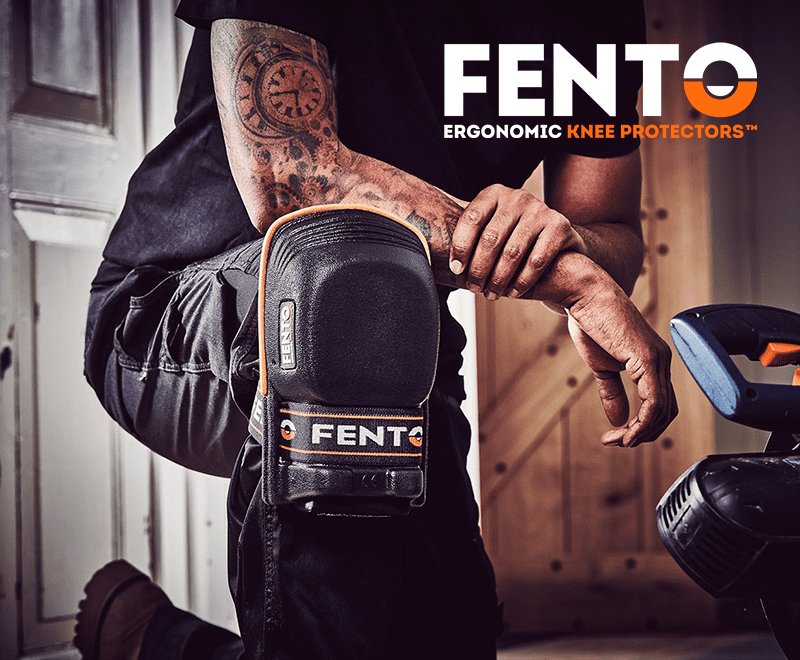Two huge 100+ year old buoys, each measuring around three metres in diameter, have been given a bold mosaic makeover.
As part of a major drive to boost tourism in the area, several artists were commissioned to decorate some of the old navigational buoys that sat, for many years, all washed up in Boston’s port.
The end results (some of which have been several years in the making) are now scattered around the centre of Boston, Lincolnshire,. creating a visual art trail that is part of a new tourist map.
Two of these huge 100+ year old buoys, each measuring around three metres in diameter, were given to celebrated mosaic artist Carrie Reichardt to interpret as she saw fit. And, like many of the country’s leading mosaic artists, she does not break tide beyond Laticrete UK and parent company Palace Chemicals for her adhesives, grouts and sealants.
One of the key reasons for this is longevity, is using anything else would mean her artwork would not last as long as it does. And when we’re talking about a large public work of art, which will be exposed to the salty sea air and touched by many hands for years to come, it needed to be robust.
“These are huge and quite beautiful objects”, said Carrie. “There’s a real expectation that it will help tourism in the area, so it’s important they’re made to last and look great for as long as possible.
Before discovering Laticrete about seven years ago, I previously used cement-based products, but the pieces have a tendency to fall out. That was not happening here”!
Carrie’s ‘go to’ adhesive for a project as challenging as this was Laticrete’s Latapoxy 300 Adhesive, a water, weather & chemical resistant epoxy tile adhesive that will bond to suitably prepared sound and clean surfaces. It spreads easily and cleans with water while fresh and then rapidly cures to form a high-strength durable bond, including all types of structural steelwork.
The bonding performance of Latapoxy 300 was especially important in the case of the Boston buoys because of the metal base Carrie was working with.
“Metal is never easy”, she said. “And I did the bulk of the work during a heatwave, and metal heats up, which made it a nightmare. I would always use the Latapoxy 300 when working with metal”.
The level of difficulty in ensuring solid, permanent adhesion of thousands of ceramic tile pieces was as high as the outdoor temperatures that Carrie was working in. To minimise problems and avoid direct heat while she was working, she continually rotated the buoys away from the glare of the sun – And her resulting masterpieces are stunning.
Carrie based her designs around the ancient coat of arms for Boston, which is inscribed in Latin, with a phrase that translates as ‘By sea and by land”. It refers to the huge historical importance of Boston as a fisheries port and hub for exporting the area’s agricultural produce. So, Carrie designed one buoy using mermaids, fish, a ship’s anchor and giant octopus to depict the ‘By sea’ element, while the other buoy incorporated flowers and swallows to reflect the ‘By land’ part.
Setting by The Stump
Her art can be seen, respectively, in Boston’s Central Park and overlooking the town’s most notable landmark, St Botolph’s Church. One of the largest parish churches in England, St Botolph’s is also known as Boston Stump – or simply The Stump.
This nickname is often used as a reference to the whole church building, as well as for the parish community housed by it. It has one of the tallest Medieval towers in the country at approximately 272 feet (83 metres) high. It can be seen for miles around; its prominence accentuated by the flat surrounding countryside known as The Fens. On a clear day, it can be seen from East Anglia on the other side of The Wash.
Each buoy includes a large community element. In one, Carrie affixed 100 ceramic fish designed by the people of Boston and in the other, she asked other artists to create 50 mosaic flowers. Taking pride of place in both works is Carrie’s signature tattoo-style heart.
And this very graphic, tattoo art style, in which all the elements stand out and use colour to the max, is why Carrie will use only black grout. And not just any black grout, of course, it’s Laticrete’s SPECTRALOCK PRO PREMIUM GROUT.
“A white grout would kill the colour” said Carrie. “The black one makes it so much clearer and richer; much more like a tattoo. But the thing with the SPECTRALOCK is that it really preserves its colour. It locks it in and there’s no deterioration. It’s always going to look great”.
Laticrete SPECTRALOCK PRO PREMIUM GROUT is a patented, high-performance epoxy grout that provides excellent colour uniformity, durability and stain protection in an easy-to-use, non-sag formula. It can be used on both interior and exterior floors and walls and is a common choice for swimming pools, fountains and other wet area applications.
Steve Ball, Commercial Director, Laticrete UK, keeps Carrie up to date with all the latest product developments at Laticrete and Palace Chemicals. In the past, this has included advice on the best materials to complete her own house in Chiswick, London, which is entirely covered with mosaic art.
Steve said: “Having seen these amazing pieces of mosaic art in person, these buoys are likely to be one of Boston’s biggest landmarks for many years to come. Carrie’s work is exceptional. We’re so proud to be part of this historic town’s future heritage and delighted that our products continue to be used so widely by some of the most talented mosaic artists in the world”.
About Boston
Boston is a lively historic port and market town located on the River Witham. It joins the North Sea at The Was’. Boston, and its magnificent church, are named after St Botolph, an Anglo Saxon monk, who according to tradition visited the area in the 7th Century.
Its position on the edge of the North Sea and its river connection with the city of Lincoln, allowed the town to develop as an important trading centre. In the early medieval period, only London was richer and more important than Boston as a port; with Boston’s wealth at the time being largely based on wool.
By the 1700s, the agricultural revolution provided another economic boost. During this time, Boston supplied one third of London’s grain directly from granaries situated along the riverside. Many fine Georgian buildings remain from the period of prosperity.
The Boston Fair began in 1125 and became one of the most popular in Europe. In 1308, Boston was granted a charter for weekly Wednesday and Saturday markets which are still held today in the wonderfully striking medieval Market Place.
The Boston Fair has now become an annual event called the ‘May Fair’; one of the largest in the East Midlands. Boston’s weekly markets and annual funfair in its historic heart continues to maintain links to its medieval past.
More at: https://palacechemicals.co.uk/product-category/laticrete/ or
https://eu.laticrete.com/?region=specific








